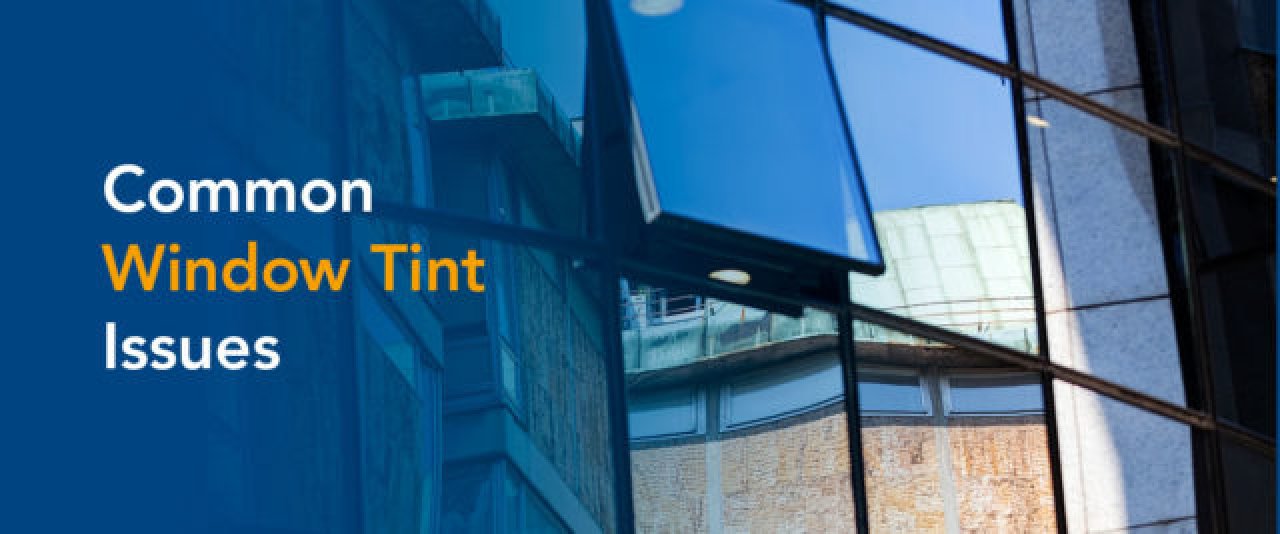Did you know window films can help protect sea turtles? Yes, that’s right. State and local municipalities of Florida, Georgia, Alabama, South Carolina, North Carolina, Texas, and Maryland have for decades, implemented lighting ordinances designed to protect nesting turtles and their hatchlings. Sea turtles are protected under the Endangered Species Act of 1973.
The purpose of these local ordinances is to protect nesting and hatchling sea turtles on the beaches by ensuring that their nesting habitat is not degraded by artificial light. These ordinances apply to new and existing artificial lighting visible from the beach from all buildings, homes, and related infrastructure, including windows, doors, streetscapes, parking lots, outdoor areas, landscaping, as well as public parks and recreational areas and all other activities within site of the beaches.
The ordinances also include provisions designed to educate residents on the benefits of appropriate coastal lighting and provide for regular inspections to ensure compliance with the acceptable lighting standards. Some ordinances allow for more strict enforcement through fines while others do not.
Light pollution of beaches is a serious threat to sea turtles and other species inhabiting the beaches. Nesting adult and hatchling sea turtles are negatively affected by light pollution created by artificial light visible from any portion of the beach because those artificial lights mimic moonlight and can draw turtles into unsafe areas.
Light management can be accomplished by using one or more of the following techniques:
Turning off unnecessary lighting.
Using timing restrictions on lighting during the sea turtle nesting and hatching season.
Limiting the duration a light is on with the use of motion detectors.
Using good light property control, such as lowering, shielding, recessing, and redirecting lights.
Planting and/or maintaining native vegetative light screens.
Modifying the color of light by using long-wavelength light sources, which are less attractive to sea turtles.
Closing curtains or blinds at night, moving lamps away from beachfront windows, and/or applying window tinting to those windows and sliding glass doors that are visible from the beach.
With regards to using window tint to reduce artificial light outdoors. It is important to review your local ordinance to understand the level of window tinting required.
The State of Florida Model Lighting Ordinance for Sea Turtle Protection, effective December 15, 2020, says to control artificial lighting through all glass windows, doors, and railings on the seaward and shore-perpendicular sides of any new construction, using tinted glass with an inside to outside light transmittance value of 45 percent or less. However, many local municipalities are even more restrictive, limiting the light transmission to 15 percent and some are even less! The Sea Turtle Conservatory recommends 15 percent or less transmission on all windows.

Additional information:
https://myfwc.com/conservation/you-conserve/lighting/ordinances/
https://www.dnr.sc.gov/seaturtle/volres/ordinances.pdf
https://www.seaturtlestatus.org/
https://seaturtles.org/beach-lighting-a-big-problem-for-sea-turtle-hatchlings/
https://conserveturtles.org/stc-beachfront-lighting-program/



